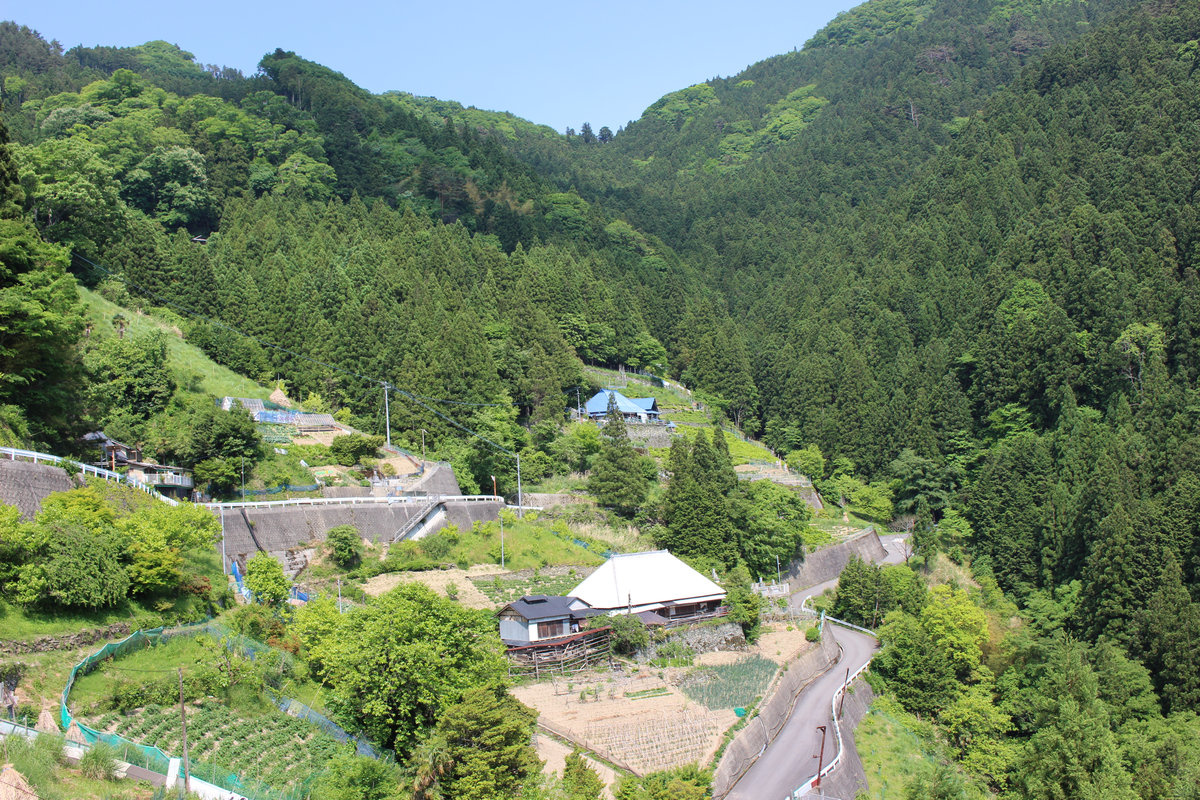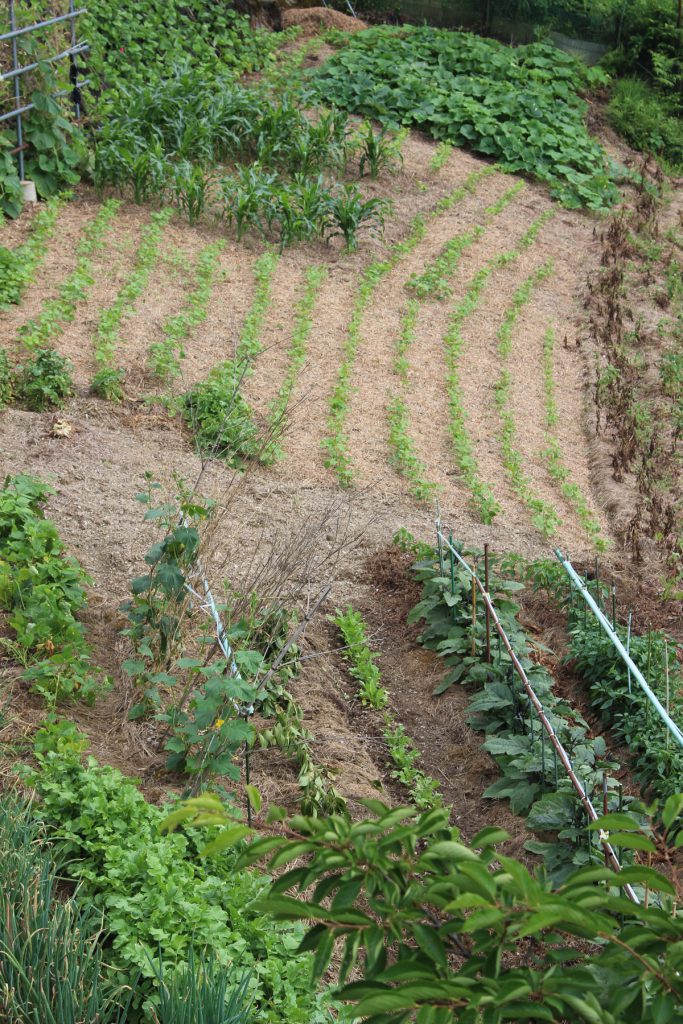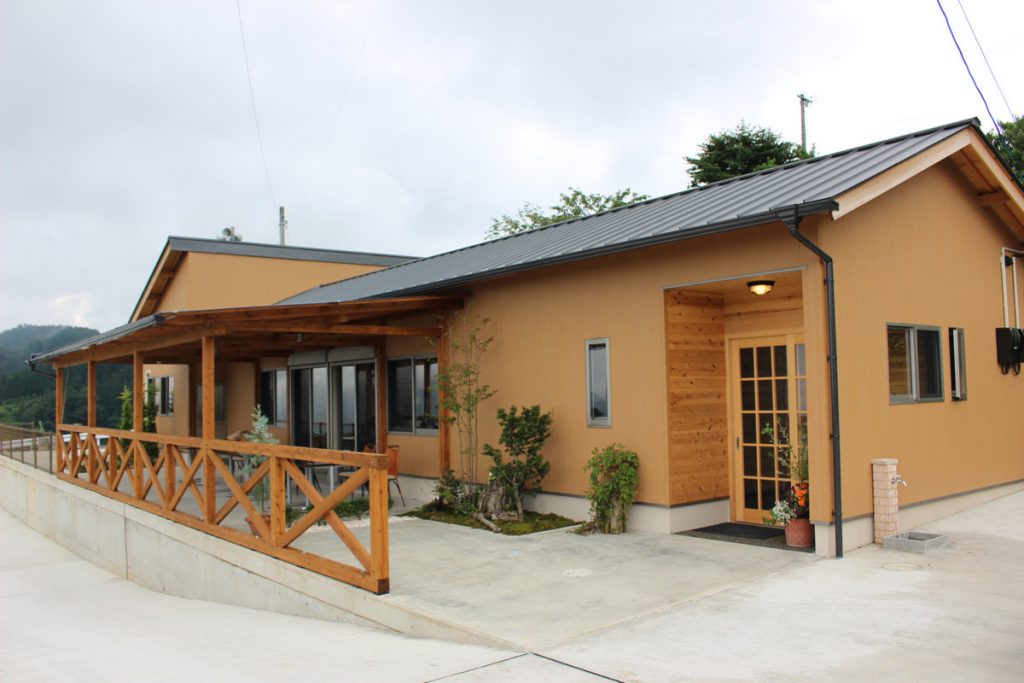 To Support food supply and living
To Support food supply and living
People have been developing indigenous agriculture and food culture.
The food culture of cultivating and eating indigenous millets
The culture of eating millets has a deep connection with the origin of this area; Tokushima Prefecture’s old name “Awa” is said to have come from Awa (foxtail millet) grown in the slash-and-burn cultivation field. The production of millet, with a long history since the Jomon period, declined in many parts of Japan due to the introduction of rice farming to Japan. However, in the Nishi-Awa area, where there is little land suitable for making paddy fields, millets used to be grown by slash-and-burn cultivation, and they are still grown and utilized for people’s daily lives today.


Self-sufficiency and barter
It is difficult to run large-scale farming on slopes, so the people here have been cultivating small quantities of a large variety of foods; they have been self-sufficient for their food. Also, farm products to be grown are different between Hinoji and Kageji, so they exchange products they harvest to make each other’s diet rich.
Today, those products are sold at farmers’ markets for people outside the area to enjoy the blessings of the steep sloping fields and make their living colorful.


Specialty products branded with “Nishi-Awa” and tourism
Various agricultural products, such as Goushuimo potatoes, are harvested on well-drained sloping fields. Specialty products and processed goods branded with “Nishi-Awa” have been collecting attention. In addition, there are regional attractions for tourists, such as programs to experience the lifestyle and food culture of the people living in the steep slope area through activities in the farmers’ restaurants and farmers.

